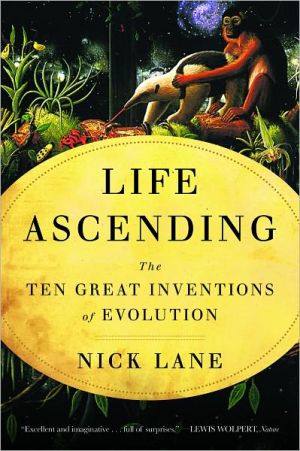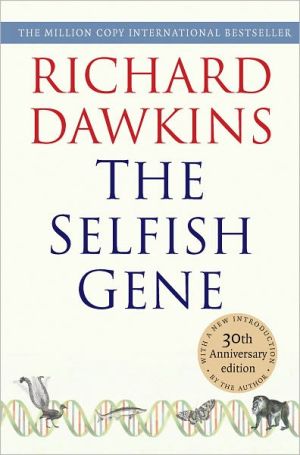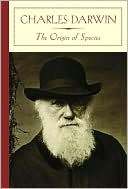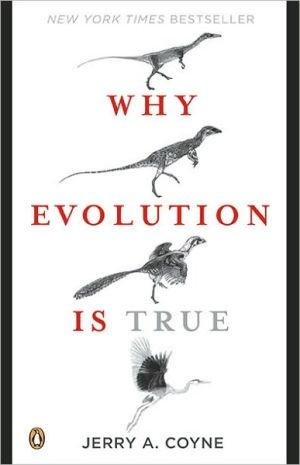Life Ascending: The Ten Great Inventions of Evolution
Where does DNA come from? What is consciousness? How did the eye evolve? Over the last decades, groundbreaking research has yielded vivid insights into the makeup of life. Drawing on this treasure trove of new scientific knowledge, Nick Lane expertly reconstructs evolution's history by describing its ten greatest inventions-from sex and hot blood to death-resulting in a stunning account of nature's ingenuity.
Search in google:
A renowned biochemist draws on cutting-edge scientific findings to construct the mosaic of life’s astounding history. The New York Times - Peter Dizikes For about 150 years, we have known how species evolve. The emergence of life itself remains more obscure. But as Lane shows with clarity and vigor in Life Ascending, fascinating studies on the subject abound. A trained biochemist, Lane smoothly pulls in evidence from genetics, proteomics (the study of proteins), paleontology and geophysics to show how the critical components and mechanisms of complex life—from DNA and photosynthesis to sex and vision—could have developed.
Introduction 11 The Origin of Life 82 Dna 343 Photosynthesis 604 The Complex Cell 885 Sex 1186 Movement 1447 Sight 1728 Hot Blood 2059 Consciousness 23210 Death 260Epilogue 286Notes 288List of Illustrations 307Acknowledgements 310Bibliography 313Index 327
\ Nature“Excellent and imaginative and, similar to life itself, the book is full of surprises.”\ \ \ \ \ The New York Times“The emergence of life itself remains obscure. But as Lane shows with clarity and vigor, fascinating studies on the subject abound.”\ \ \ Matt Ridley“If Charles Darwin sprang from his grave, I would give him this fine book to bring him up to speed.”\ \ \ \ \ Peter DizikesFor about 150 years, we have known how species evolve. The emergence of life itself remains more obscure. But as Lane shows with clarity and vigor in Life Ascending, fascinating studies on the subject abound. A trained biochemist, Lane smoothly pulls in evidence from genetics, proteomics (the study of proteins), paleontology and geophysics to show how the critical components and mechanisms of complex life—from DNA and photosynthesis to sex and vision—could have developed.\ —The New York Times\ \ \ \ \ Publishers WeeklyIn this wonderful book, Lane (Power, Sex, Suicide), a biochemist at University College London, asks an intriguing and simple question: what were the great biological inventions that led to Earth as we know it. (He is quick to point out that by "invention," he refers to nature's own creativity, not to intelligent design.) Lane argues that there are 10 such inventions and explores the evolution of each. Not surprisingly, each of the 10-the origin of life, the creation of DNA, photosynthesis, the evolution of complex cells, sex, movement, sight, warm bloodedness, consciousness and death-is intricate, its origins swirling in significant controversy. Drawing on cutting-edge science, Lane does a masterful job of explaining the science of each, distinguishing what is fairly conclusively known and what is currently reasonable conjecture. At times he presents some shocking but compelling information. For example, one of the light-sensitive pigments in human eyes probably arose first in algae, where it can still be found today helping to maximize photosynthesis. While each of Lane's 10 subjects deserves a book of its own, they come together to form an elegant, fully satisfying whole. 20 illus. (June)\ Copyright © Reed Business Information, a division of Reed Elsevier Inc. All rights reserved.\ \ \ \ \ Kirkus ReviewsAn accessible look at the greatest wonders of evolutionary science. For such a short work, Lane (Biochemistry/University College London; Power, Sex, Suicide: Mitochondria and the Meaning of Life, 2005) is admirably ambitious in scope, tackling such complex subjects as DNA, photosynthesis and consciousness in living things. Natural selection is a powerful creative force, notes the author, and has produced some ingenious and elegant scientific processes. Starting with the electrochemical reactions that may have produced the first life on Earth, Lane clearly explains how these landmark processes work and why they are so important. In an engaging chapter on photosynthesis-as well as others dealing with the complex cell, the sense of sight and the emergence of sex and movement among organisms-Lane lays out processes of dizzying complexity in smooth, nimble prose. He also provides a smattering of scientific history, showing how these processes were worked out by thinkers and researchers. (Footnotes provide more detail for the scientifically astute reader.) In the final and most insightful chapter, Lane looks at death as a beneficial process that allows organisms to avoid genetic diseases associated with living exceedingly long life spans. "[D]eath and disease are not random," he writes. "Death evolved. Ageing evolved. They evolved for pragmatic reasons. In the broadest of terms, ageing is flexible, an evolutionary variable that is set against various other factors, like sexual maturation, in the ledger book of life. There are penalties for tampering with these parameters, but the penalties vary and in a few cases at least can be trivial." The author cites a Japanese study that found that onetiny variant of DNA made people twice as likely to live to be 100. A lucid introduction to complex concepts of evolution.\ \







